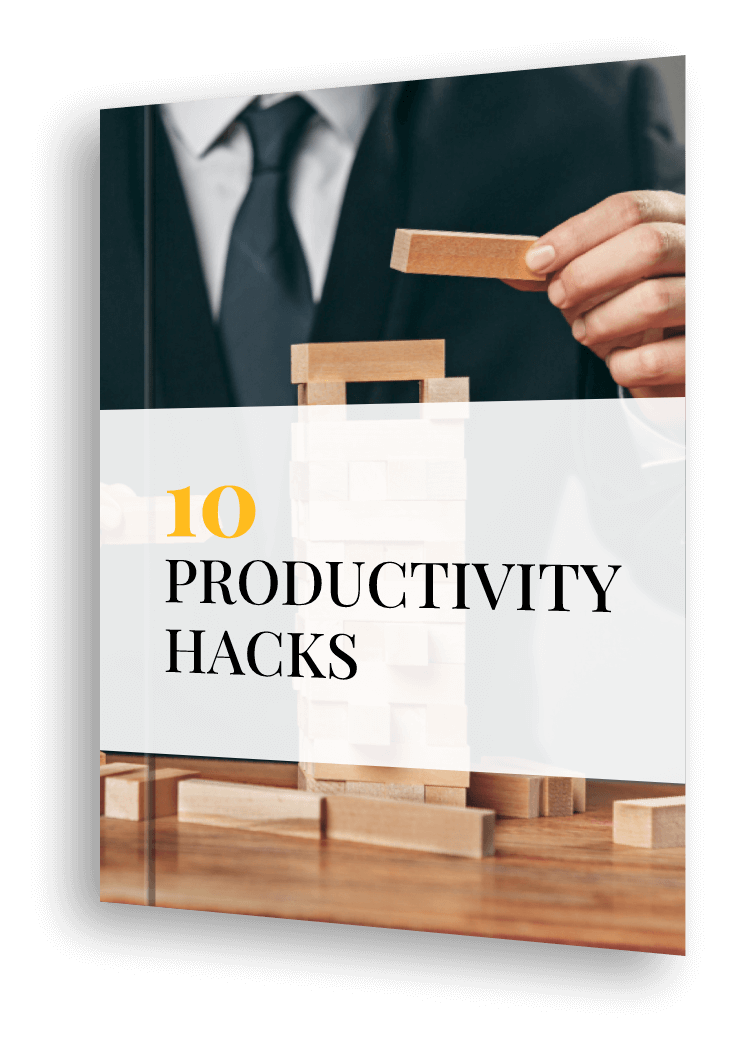California is one of the most dynamic economies in the world. Home to Silicon Valley’s tech giants, Hollywood’s entertainment machine, and a booming agriculture industry, it seems like the kind of place where opportunity is always knocking. But lately? The knock’s been a little quieter. Sometimes silent.
Inflation’s been eating into real wages. AI is automating jobs faster than policymakers can spell “regulation.” Add to that ongoing global tariff wars that make exports unpredictable, and you get a shaky environment even for skilled, loyal employees. Many are being shown the door, not because of performance, but because of slowdowns, restructuring, or the company simply needing “new blood” (translation: younger, cheaper talent).
Let’s get this straight: getting laid off through no fault of your own is a gut punch. You didn’t fail the system. The system failed you. Thankfully, California has mechanisms to help: Severance Pay and Unemployment Benefits. They’re lifelines, often misunderstood, and today we’re going to break them down, compare them, and examine how they intersect.



California’s Shaky Ground: What’s Working, What’s Not
Before we dive into the benefits, it helps to understand why so many people are getting laid off right now.
- AI is replacing roles in customer service, content writing, logistics, even law and medicine. If a machine can do it cheaper and faster, employers will bite, even if it means losing experienced human workers.
- Tariff wars and global uncertainty are throwing supply chains into chaos. Businesses that rely on exports or overseas manufacturing are trimming fat to survive.
- The market is cautious. Startups are freezing hiring or laying off in waves. Legacy corporations are “reorganizing,” which often means good people lose jobs while leadership still collects bonuses.
- Ageism is real. While no one will admit it outright, companies sometimes favor “fresh perspectives” that come with fewer salary expectations and lower healthcare costs. The result? Veterans of the workforce are cut loose despite decades of contribution.
None of these conditions are the worker’s fault. But the financial blow is very real. This is where severance pay and unemployment insurance step in, if you know how they work.
Severance Pay: Parting Gift or Legal Buffer?
Severance pay is money your employer may offer you when you’re laid off. Think of it as a soft landing, or in some cases, hush money.
There’s no law in California requiring companies to offer severance unless your employment contract or company policy says so. That said, many do offer it to avoid legal drama, preserve reputation, or just do right by employees.
It typically comes as:
- A lump sum or payment over weeks/months
- Based on your years of service (e.g., 1–2 weeks’ pay per year worked)
- Sometimes bundled with a release of claims (meaning you can’t sue them if you take it)
It’s not a handout. You’ve earned it. But it is taxable.
Unemployment Benefits: Government Safety Net
Unemployment Insurance (UI) in California is a state-administered benefit paid out weekly to individuals who lost their jobs through no fault of their own. You qualify if:
- You were an employee (not a freelancer or contractor, though there are exceptions)
- You’re actively seeking work
- You didn’t quit or get fired for misconduct
How much can you get?
- As of 2025, weekly benefits range from $40 to $450
- Paid for up to 26 weeks in most cases
- Based on your past wages (a formula the EDD, Employment Development Department, calculates)
Unlike severance, UI is funded by employer-paid taxes, not your previous paycheck. It’s also not automatic, you must apply and certify weekly that you’re eligible.
So, What’s the Relationship Between Severance Pay and Unemployment Benefits?
Ah, here’s where things get twisty. On paper, they’re very different:
- Severance: employer-paid, voluntary, usually upfront
- Unemployment: state-paid, standardized, requires continued eligibility
But when you get both, the state wants to know. Why? Because California doesn’t want to double-dip pay you if you’re already receiving income from a severance deal that’s technically keeping you on payroll.
Let’s break it down:
1. If you get a lump sum severance, can you still get unemployment?
Yes, usually. If the severance is a one-time payout and your official employment ends right away, you’re likely eligible for unemployment immediately.
2. What if the severance is spread out over weeks or months?
Now it gets tricky. If your employer keeps you on the books (technically “employed”) while paying you severance, the EDD may consider you still employed, and you may not qualify for unemployment during that time.
Pro tip: The wording in your separation paperwork matters. If they call it “wages in lieu of notice,” the EDD may delay your benefits. If it’s a clean severance payment and your job ends immediately, you’re in better shape.
3. Does one reduce the other?
Not directly, but timing matters. Severance can delay your unemployment benefits if not structured properly. You don’t lose UI entirely, but your start date may be pushed.
4. What if someone in your household already gets unemployment?
That doesn’t affect your claim. UI benefits are assessed per individual, not per household. Your spouse’s or sibling’s benefits don’t reduce yours.
5. What if you’re denied both?
It happens, especially if:
- You were fired for cause (misconduct)
- You quit voluntarily
- Your severance was tied to continued employment
Always file an appeal if you think the denial was wrong. The EDD denies a lot of claims automatically, it’s not always the end of the road.
Why Severance Pay Matters for Payroll and HR Departments
Understanding the relationship between severance pay and unemployment benefits is crucial for payroll and HR teams. It’s not just about compliance, it’s also about building a workplace culture that supports employee retention and fosters employee trust.
Key Benefits of Severance Pay:
- Legal Protection: Offering severance pay can significantly reduce the risk of legal action from laid-off employees. For instance, in volatile markets — especially with technological disruptions like AI automation, layoffs may become unavoidable. Severance packages provide a financial buffer that eases the transition, helping reduce potential claims of wrongful termination.
- Employee Morale and Retention: When employees know they’re protected in case of layoffs, they feel more secure and valued. This psychological safety leads to higher morale, better performance, and a stronger commitment to the company.
- Reputation and Recruitment: Providing severance demonstrates that the company treats its employees with respect, even at difficult moments. That reputation pays off when attracting top talent. It also reflects positively in the broader market, including among investors and stakeholders who value ethical employment practices.
- Compliance with Legal Requirements: In states like California, the WARN Act requires advance notice for mass layoffs. While severance isn’t mandated, offering it can demonstrate good faith and help fulfill legal obligations, especially if there’s any gray area regarding notice periods.
Conclusion
The economy may be out of your control, but your knowledge isn’t. Severance and unemployment benefits exist to soften the fall when the world decides to get a little unpredictable. They aren’t charity, they’re earned protections.
If you’re facing a layoff:
- Don’t sign anything too quickly. Severance packages can be negotiated.
- Apply for unemployment the moment you’re eligible, even if you’re unsure.
- Ask questions. Talk to HR, legal aid, or EDD if anything is unclear.
You gave your job your time, skill, and loyalty. If the world’s shifting, you deserve a soft place to land, and the tools to rebuild. For more insights on implementing effective wellness programs and HR best practices, check out our Human Resources webinars to stay informed and inspired.


